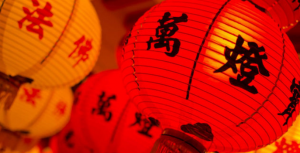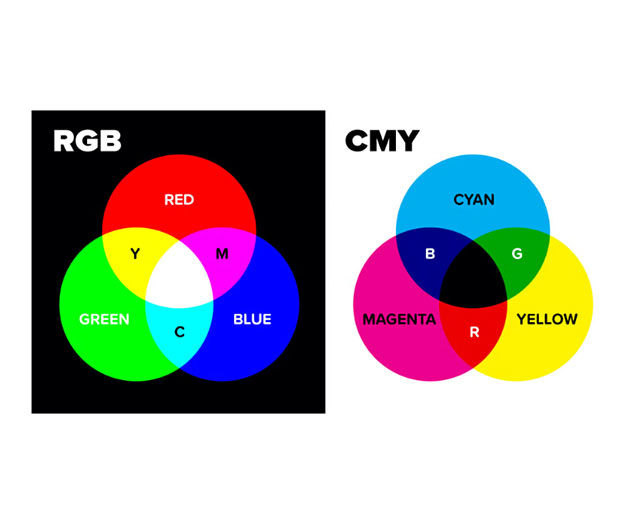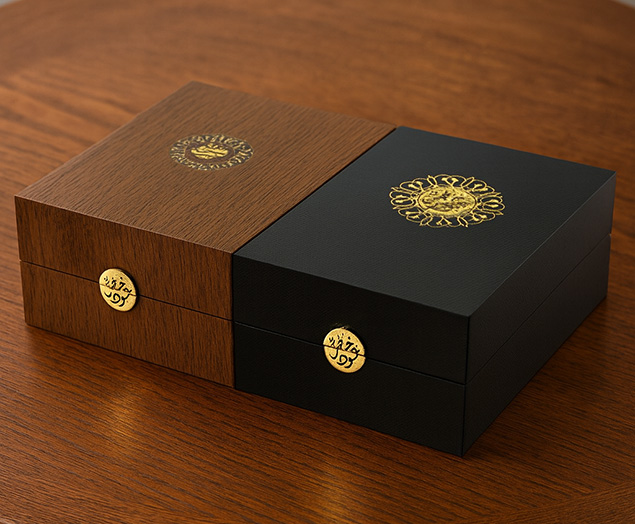10 Customs Of The Spring Festival (Lunar New Year) You Need To Know
The Spring Festival, commonly known as “New Year’s Day” and “Lunar New Year”, is a grand and distinctive ancient folk festival in China, and one of the most bustling traditional festivals. Spring Festival, in a narrow sense, means the first day of the first lunar month, the first day of the new year; In a broad sense, the Spring Festival is from the Laba Festival or the Lunar New Year to the 19th of the first month of the next year. Here are 10 folk customs during the Spring Festival.

10 Customs Of The Spring Festival (Lunar New Year) You Need To Know
1. Sweep the dust in the Spring Festival
According to Lu’s Spring and Autumn Annals, as early as the Yao and Shun era, China had the custom of sweeping dust during the Spring Festival. Because “dust” and “Chen” are homophonic, sweeping the dust in the Spring Festival has given new meaning, which means “removing the old and making new”, hoping to sweep out all the bad luck and bad luck.
2. Paste antithetical couplets, blessing characters, door gods
On the afternoon of the day before the Spring Festival, children will stick couplets on the door with paste and brush on the stool, and then let the adults below see if the couplets are correct. Some also have horizontal couplets, which are pasted on the horizontal head of the lintel, and couplets are pasted on the left and right sides of the door. There are also words of blessing pasted on the door, wall and lintel of the house to express people’s yearning for a happy life. Some people will paste the poster with the door god on the door panel to pray for a year of peace and increase the festive atmosphere.
3. Worship to ancestors and gods
It is a custom throughout China to worship the gods during the Spring Festival. The customs of offering sacrifices to gods in different parts of the country are similar, but the purpose is basically the same. They are all for praying for good weather, good harvest and good luck in the coming year.
Generally speaking, ancestor worship is after the worship of gods, and the customs vary from place to place. In our hometown, before lunch every day, each household sends a representative to bring food and offerings to the ancestral hall to worship the ancestors. The ancestral hall will not close until the 15th day of the first month.
4. Eat dumplings, dumplings and rice cakes
In most parts of the north, it is customary to eat dumplings in the morning during the Spring Festival, and often put a coin in the dumplings. If anyone eats a coin, everyone will say that he is the most blessed person in the family. In Huai’an, Jiangsu Province, it is customary to eat dumplings in the morning. In Kaifeng, Henan Province, people eat dumplings and dumplings on the Spring Festival. There is also the habit of eating rice cakes during the Spring Festival. The tastes of rice cakes vary from place to place.
5. Shou Sui, give lucky money
Watching the New Year’s Eve is also one of the most important Spring Festival activities. Neighbors and friends get together, or family members get together, some play cards, and some watch the Spring Festival party. Everyone stays awake all day, waiting for the dawn together, to welcome the arrival of the New Year.
New Year’s money is the favorite custom of children and younger generations. After the New Year’s Eve dinner, the elders will present coins to the younger generation respectively, and use red thread to weave copper coins into strings and hang them on the child’s chest, which is said to be able to suppress evil spirits and exorcise ghosts. This custom has been popular since the Han Dynasty. Of course, there is no copper money now. Generally, we take a red package of cash.
6. Set off firecrackers
When the Spring Festival is approaching, the first thing for every household to open the door is to set off firecrackers, and use the crackling sound of firecrackers to bid farewell to the old and usher in the new year to show good luck. Of course, firecrackers are now banned in many places, so we should abide by national regulations and give priority to safety.
7. New Year’s greetings
New Year’s greetings are one of the most important activities and customs during the Spring Festival. On the morning of New Year’s Day, adults and children put on new clothes and hats, go to visit relatives and friends, and greet each other on New Year’s Day, wishing the New Year a good luck. The New Year’s greetings usually begin at home. After the younger generation pays the New Year’s greetings to the elders, people will greet each other with smiles when they meet outside.
8. Go to the temple fair
During the Spring Festival, there are usually temple fairs in the countryside. The early temple fair was only a solemn sacrificial activity, but with the development of economy and the needs of people, the temple fair gradually increased the market trading activities and some colorful entertainment activities while maintaining the sacrificial activities.
9. Dragon dance, lion dance
The dragon is a legendary auspicious animal. It is said that it can call the wind and call rain in the sky, and can also pray for the world to eliminate disasters. As early as the Han Dynasty, there were dragon dances for rain. In addition to dragon dancing, there is also lion dancing, which is also a common custom during the Spring Festival. In the north, it is also called lion playing. It was often seen when I was a child, but now it is less.
10. Step on stilts
Walking on stilts is also an entertainment activity during the Spring Festival. It has a long history. It is recorded in Liezi Shuo Fu Pian that “those who have orchids in the Song Dynasty… double their body length with their legs, belong to their shins, and drive and gallop.” Walking on stilts is also known as “sticking high feet” and “walking on stilts”. The performers bind two or three feet high wooden stilts on their feet, and perform various strange and funny actions. When they were young, this activity is common in all villages, Later, it became less and less.


Top 10 Creative Cosmetic Packaging Design Ideas & illustrations 2023 | Luxury-Paper-Box.Com

What Is the Difference Between RGB and CMYK











